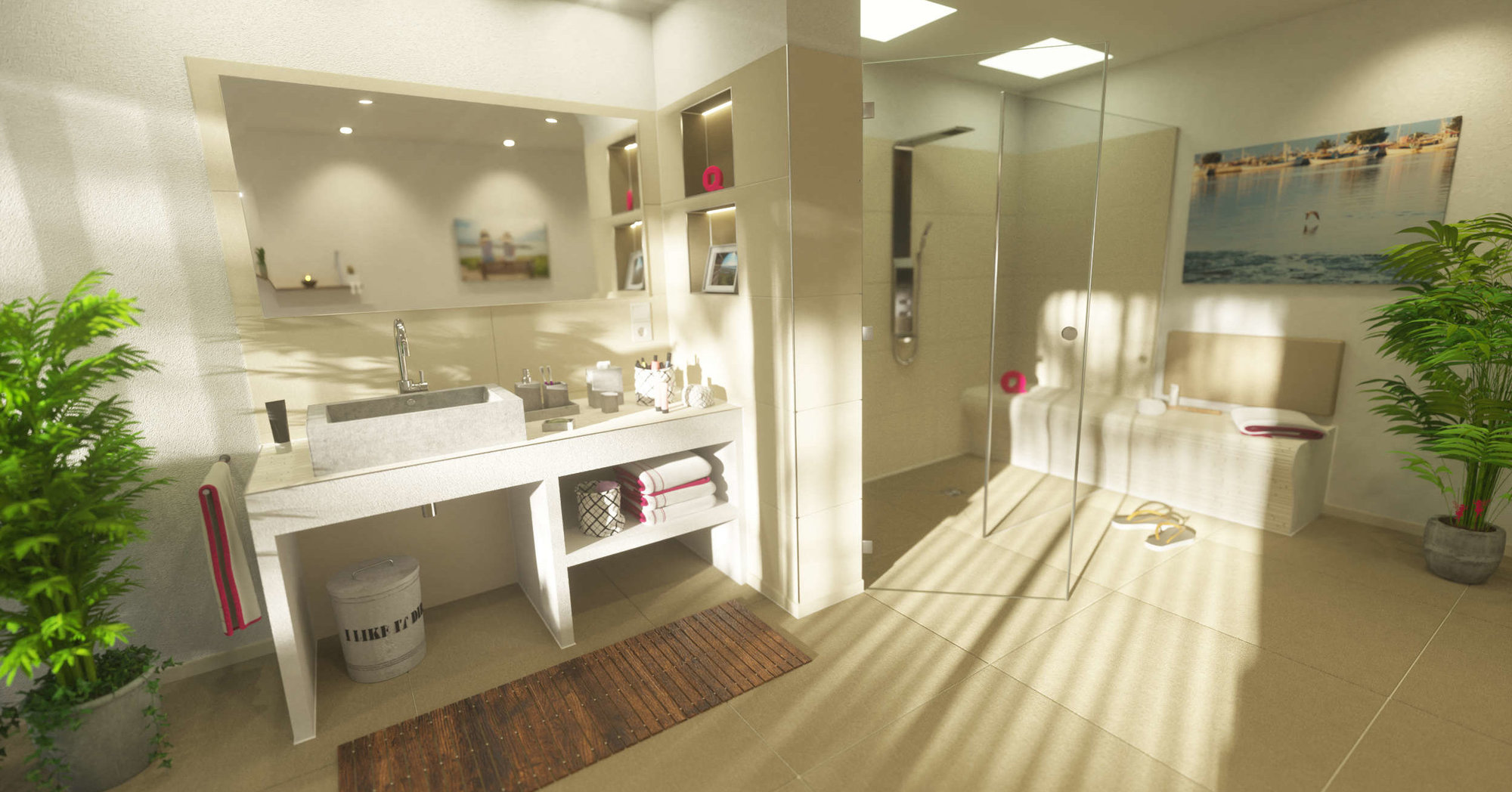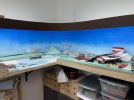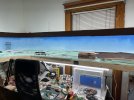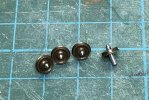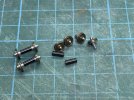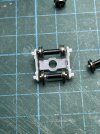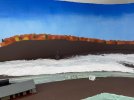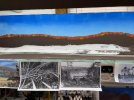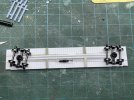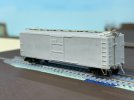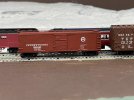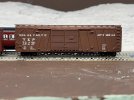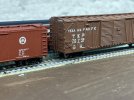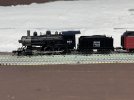garethashenden
Western Thunderer
I hope you will indulge my very American layout thread. Western Thunder seems like a good place for it as it fits with my finescale ethos.
I have finally found somewhere to model that fits in the available space. Sticking with the Boston & Maine, but branchline and steam instead of mainline and diesel. Part of the appeal of this particular branch is that I can model it accurately with only one locomotive. The Ashuelot branch is located in southwestern New Hampshire and follows the Ashuelot river from the Connecticut river to Keene NH in a roughly SW to NE direction. The river powered a lot of industries which in turn provided a healthy freight business for the railroad. Four or five papermills, three box factories, and a tannery, plus the more common local businesses of a granary and fuel dealers. The B&M ran the branch until 1980 when the Green Mountain took over for a couple years. It was abandoned in 1984. One of the papermills survived until 2005 when it was flooded.
I am going to be modeling two stations, Ashuelot and Winchester. To be slightly confusing Ashuelot is a village in the town of Winchester, but it has its own station and post office. Trains run northwards (counterclockwise on the trackplan) from East Deerfield to Keene and return, working industries along the way. One freight train a day, three return trips of a doodlebug for passenger service. I'm deliberately choosing an era before WWII when the railroad was still dominant. I don't want to go too early as that gets harder to find equipment for. 1939 will be a good year for the sort of railroad that I want to portray, but it will present some scenery challenges. In September 1938 a category 3 hurricane swept up the Connecticut river valley and destroyed most of the forests. The forestry service organized a quite successful plan to save the timber, prevent massive fires, and not destroy the price of lumber. But I now will need to model what it looked like when they were done. Planning on approximately the first week of November 1939. Late fall, after the pretty colors but before the snow.
I have labeled towns, industries, and features. The river is blue, dams black, and road crossings brown. The staging yard isn't great, but its sufficient. I'm planning on basically having one northbound and one southbound train staged on the outer two tracks in the yard. Once a train makes a circuit of the room the engine will cut off, turn, and attach to the other train for the return trip. There are a few tracks for the doodlebug and other equipment. The operational challenge will be keeping the main clear for the passenger service. Minimum radius 20", 10 car trains.
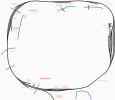
I have finally found somewhere to model that fits in the available space. Sticking with the Boston & Maine, but branchline and steam instead of mainline and diesel. Part of the appeal of this particular branch is that I can model it accurately with only one locomotive. The Ashuelot branch is located in southwestern New Hampshire and follows the Ashuelot river from the Connecticut river to Keene NH in a roughly SW to NE direction. The river powered a lot of industries which in turn provided a healthy freight business for the railroad. Four or five papermills, three box factories, and a tannery, plus the more common local businesses of a granary and fuel dealers. The B&M ran the branch until 1980 when the Green Mountain took over for a couple years. It was abandoned in 1984. One of the papermills survived until 2005 when it was flooded.
I am going to be modeling two stations, Ashuelot and Winchester. To be slightly confusing Ashuelot is a village in the town of Winchester, but it has its own station and post office. Trains run northwards (counterclockwise on the trackplan) from East Deerfield to Keene and return, working industries along the way. One freight train a day, three return trips of a doodlebug for passenger service. I'm deliberately choosing an era before WWII when the railroad was still dominant. I don't want to go too early as that gets harder to find equipment for. 1939 will be a good year for the sort of railroad that I want to portray, but it will present some scenery challenges. In September 1938 a category 3 hurricane swept up the Connecticut river valley and destroyed most of the forests. The forestry service organized a quite successful plan to save the timber, prevent massive fires, and not destroy the price of lumber. But I now will need to model what it looked like when they were done. Planning on approximately the first week of November 1939. Late fall, after the pretty colors but before the snow.
I have labeled towns, industries, and features. The river is blue, dams black, and road crossings brown. The staging yard isn't great, but its sufficient. I'm planning on basically having one northbound and one southbound train staged on the outer two tracks in the yard. Once a train makes a circuit of the room the engine will cut off, turn, and attach to the other train for the return trip. There are a few tracks for the doodlebug and other equipment. The operational challenge will be keeping the main clear for the passenger service. Minimum radius 20", 10 car trains.


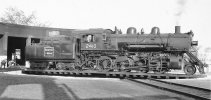
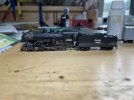
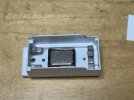
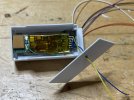
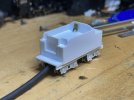
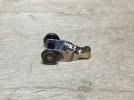
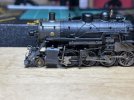
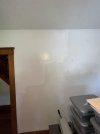
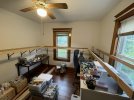
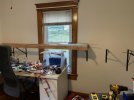
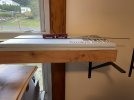
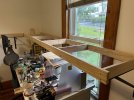
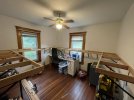
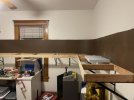
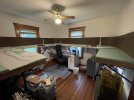
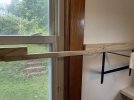
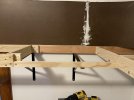
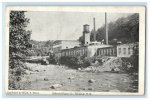
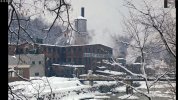
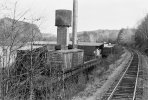
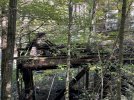
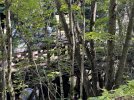
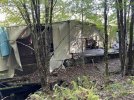
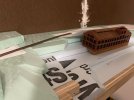
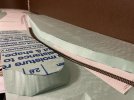
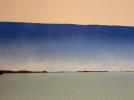
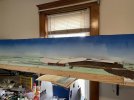
 although it'll be nice to see a U.S. layout built the 'proper' way, on the left hand side of The Pond.
although it'll be nice to see a U.S. layout built the 'proper' way, on the left hand side of The Pond. 


